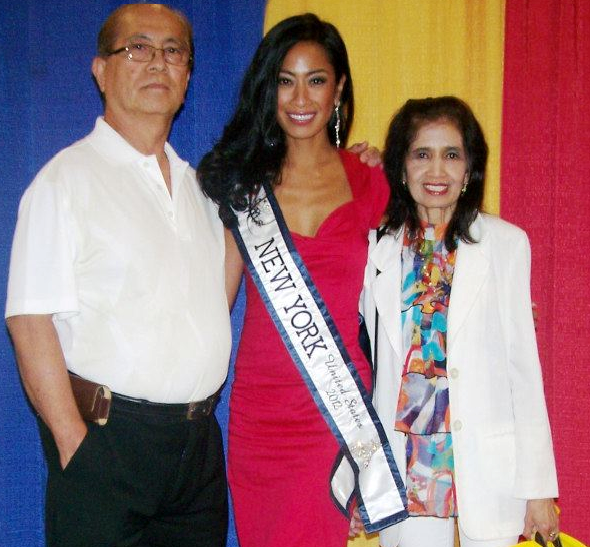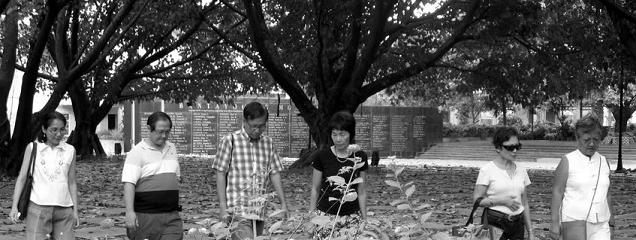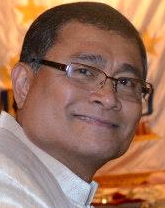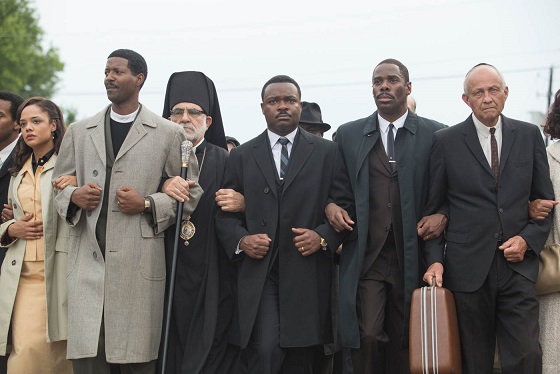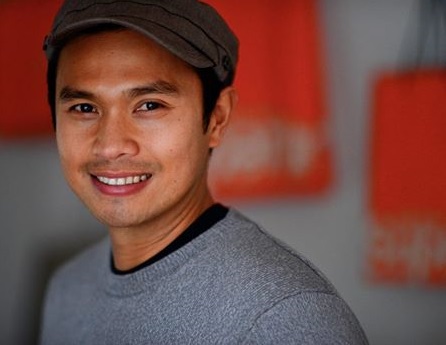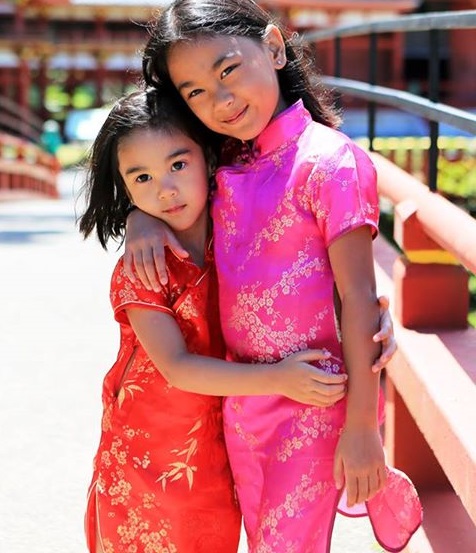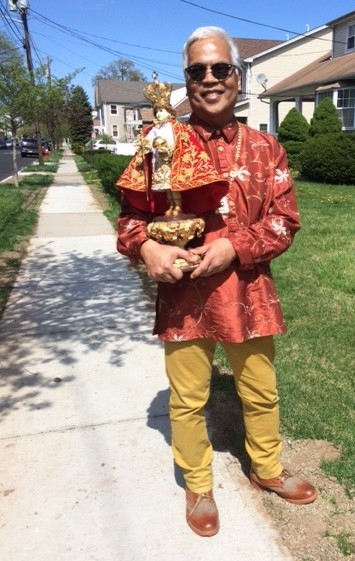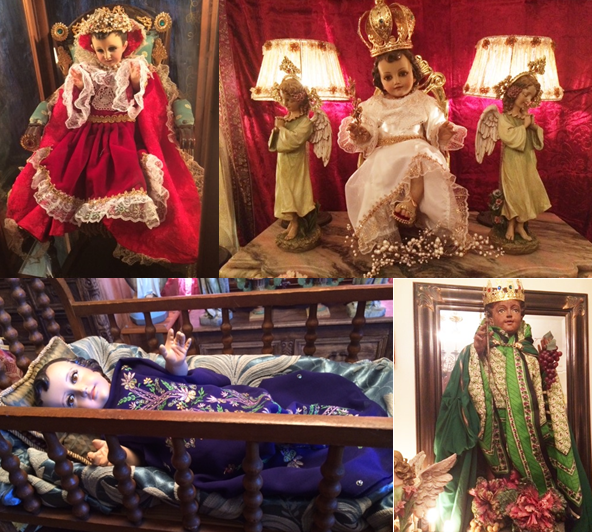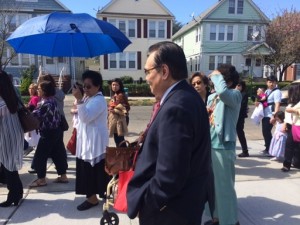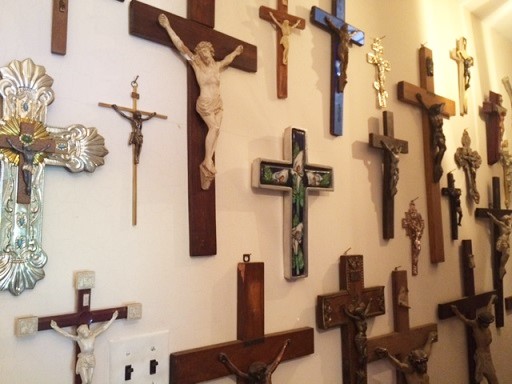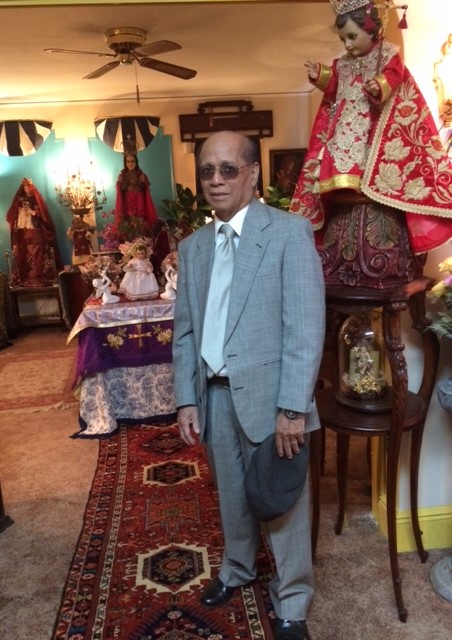In the land of Sopranos, a thousand Sto. Niños find a home
By Cristina DC PastorFrom the outside, this modest, cottage-style house in the residential section of Linden, N.J., looks like any family home. This house on East Blancke Street is actually a museum cradling more than a thousand statues and figurines of the Sto. Niño Infant Jesus, giving the visitor an entrancing feeling of being in a world that is pious and almost perfect.
The images are of varying sizes. Some are modern glazed ceramic, others carved in old wood or molded clay or cast in heavy iron. They are clothed in kingly capes, usually of velveteen fabric, denoting the care and devotion of their owner.
But there is only one owner. This collection of about 1,200 Sto. Niño images belongs to antique aficionado Marcos Anselmo Panlilio, affectionately called Ping by family and friends.
“One thousand two hundred and growing,” grinned Ping, former 9/11 first responder and possibly the Filipino American with the biggest collection of Sto. Niño statues in America.
Although the house is overflowing with statues, crucifixes, religious artifacts, flowers and candles, Ping, 60, continues to grow his Sto. Niño collection, snapping up images with an interesting story, or anything that catches his fancy. While there is 1,200 in the collection, the images are rotated to be able to showcase them alternately.
“I’ve been collecting since I was 8 years old,” he said, recalling his first Sto. Niño purchased in a thrift shop in the Malate district in Manila for 50 centavos. “That’s how it started.”
On April 24, Ping and about a hundred Sto. Niño devotees, led by Consul General Mario de Leon Jr., held a short procession by the side of the St. Elizabeth of Hungary Church. The date was chosen to commemorate a time in Philippine history when the image of the Sto. Niño reached Philippine shores in 1521. The year Ferdinand Magellan discovered the country, he brought with him on April 27 a gift to the people of Cebu, a Sto. Niño image that later came to symbolize the Christianization of Filipinos.
“April 27 is the celebration of the Sto. Niño in Cebu,” he said when interviewed by The FilAm. “We tried to stay close to that date.”
The Catholic church, whose parish priest, Rev. Edgardo Jocson, is Filipino, owns the adjacent house that now serves as the museum. Support from St. Elizabeth and donations from the public sustain the museum’s bare-bones operations and keep it open.
Ping, who was initially diagnosed with cancer from many years of working at Ground Zero, credits the Sto. Niño for his miraculous recovery.
“After 9/11,” recalled Ping, who is the owner of the landscape construction firm that was awarded the task of rebuilding the parks of the World Financial Center, Zuccotti Park, and the Nasdaq headquarters. “we went back to the sites and began the process of rebuilding. I was there from 2001 to 2010 and inhaled all the toxic fumes. I got sick, I was diagnosed with cancer.”
Being ill gave him the moment to reflect. He quit his job to take care of his health. Not one who delighted in passing time idly, he began to do something about his massive collection that was starting to spill out of his home in Elizabeth, N.J. In late 2014, Casa Sto. Niño – or the Divine Child Museum — opened in Linden.
Assisting Ping with running the museum is Lito Sison, 76, a retired employee of Tenneco Chemicals. Lito is a devoted believer like his long-time friend. His role is to find the sponsors to keep the museum running. It does not take a big amount – a minimum of $100 – for one to become a sponsor, he said. Donations usually come with personal requests, such as finding a job, passing an exam, or healing for a loved one who is sick.
“They just tell us what they are praying for and we offer a mass for them,” he said.
Consuelo Almonte, who is a retired staff of the Pakistani Consulate, said she found strength from her devotion to the Sto. Niño dealing with the occasional trials in her life.
“As an intern of a Catholic school for girls Manila, I became a devotee of the Child Jesus,” she said. “He has been very responsive.” She said she continues to pray to the Sto. Nino although she venerates other saints, such as St. Therese and St. Jude.
“I now pray using my own words,” said Consuelo, who stressed that her prayers have become more personal instead of being guided by a prayer book.
Praying to the Sto. Niño, stressed Ping, gave him joy and spiritual sustenance in times when he is most vulnerable.
“He gave me everything I ask for, not right away, but you know he listens,” he said.


